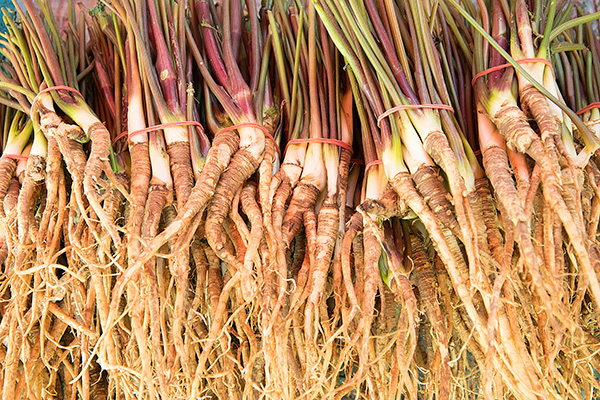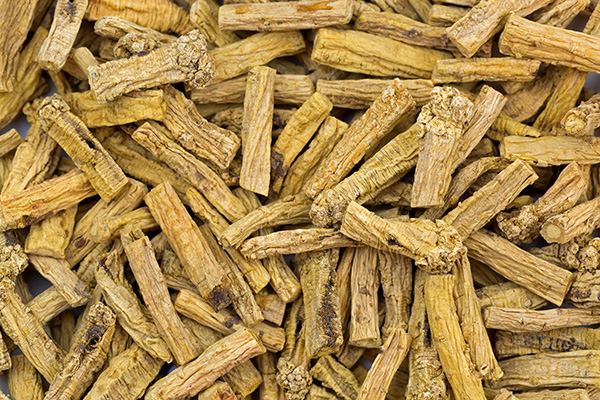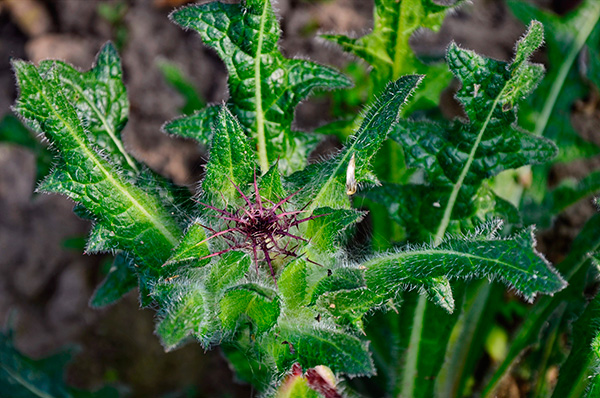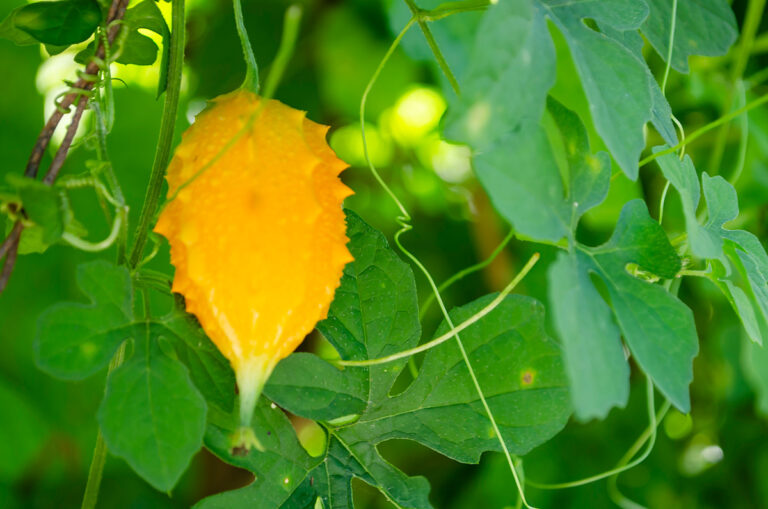Blue Lotus Tea: Benefits, Side Effects, and How to Make It
Blue Lotus Tea is made from the Nymphaea caerulea plant, commonly known as the Blue Lotus, a water lily native to Egypt and other parts of East Africa. Its vibrant blue petals and enchanting scent have earned it a place in various religious rituals, artworks, and traditional medicine practices over the centuries. Blue Lotus Tea is a natural, caffeine-free herbal tea appreciated for its calming and soothing properties.
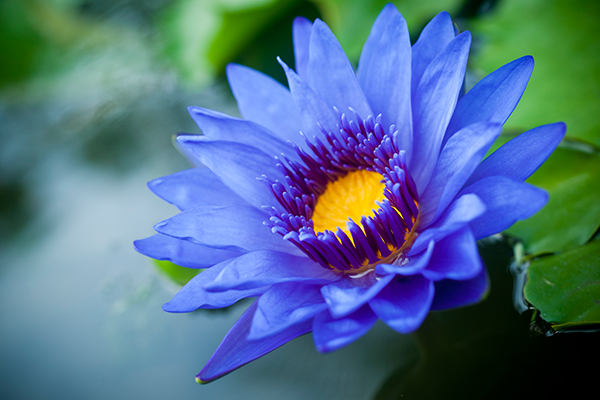
Potential Health Benefits of Blue Lotus Tea
Blue Lotus Tea has several prominent health benefits.
Stress and Anxiety Relief
The Blue Lotus plant is a natural sedative, which means it may help to calm the nerves and reduce anxiety. Drinking this tea could be an effective way to unwind after a stressful day.
Promotes Good Sleep
The calming properties of Blue Lotus Tea also suggest its potential to promote restful sleep. Some people drink it before bed to help combat insomnia and achieve deeper, more rejuvenating rest.
Supports Mental Function
The Blue Lotus is known in some cultures for its mind-enhancing properties. Some people believe that drinking this tea can stimulate memory and concentration, promoting overall mental clarity.
Blue Lotus Tea Side Effects
Despite its potential benefits, Blue Lotus Tea does have some side effects to be aware of.
Allergic Reactions
As with any herbal product, some people may be allergic to Blue Lotus. Symptoms of an allergic reaction can include rash, itching, swelling, severe dizziness, or trouble breathing.
Potential Sedative Effects
Given its natural sedative properties, Blue Lotus Tea may cause drowsiness. This might interfere with activities that require alertness, such as driving or operating machinery.
Who Should Not Drink Blue Lotus Tea?
Pregnant and breastfeeding women should avoid drinking Blue Lotus Tea due to insufficient evidence about its safety in these conditions. People with a known allergy to the Blue Lotus plant, or those who are currently taking sedative medications should also steer clear, as it may intensify the sedative effects.
How to Make Blue Lotus Tea
Here’s a simple guide to brewing your own Blue Lotus Tea:
- Start with 1-2 teaspoons of Blue Lotus tea leaves. This is a good general amount, but do check the manufacturer’s guidelines on your specific product for more precise measurements.
- Boil 8 ounces of water. The temperature should be near boiling but not fully boiling, around 200°F (93°C) is ideal.
- Add the tea leaves to a tea infuser and place it in your cup.
- Pour the hot water over the tea leaves and allow it to steep for about 5 minutes.
- Remove the tea infuser and enjoy your Blue Lotus Tea. It can be drunk plain or with a bit of honey to sweeten.
Final Thoughts
Blue Lotus Tea is a historic brew with a blend of potential health benefits. While it might be a great addition to your wellness routine, it’s important to understand its side effects and consult with a healthcare professional if you’re unsure.
FAQ
What Does Blue Lotus Tea Taste Like?
Blue Lotus Tea has a mild, sweet, and slightly floral flavor. It’s often described as calming and pleasant.
When Should I Drink Blue Lotus Tea?
Given its calming properties, it can be beneficial to drink Blue Lotus Tea in the evening to aid with relaxation and promote better sleep.
How Often Can You Drink Blue Lotus Tea?
As a general guideline, you can drink Blue Lotus Tea daily, but it is important to follow the manufacturer’s instructions.
How Long Can You Drink Blue Lotus Tea Safely?
There’s no set limit on how long you can drink Blue Lotus Tea, but moderation is key with any herbal tea. Always be mindful of how your body responds and consider consulting with a healthcare professional for advice tailored to your specific health condition.

